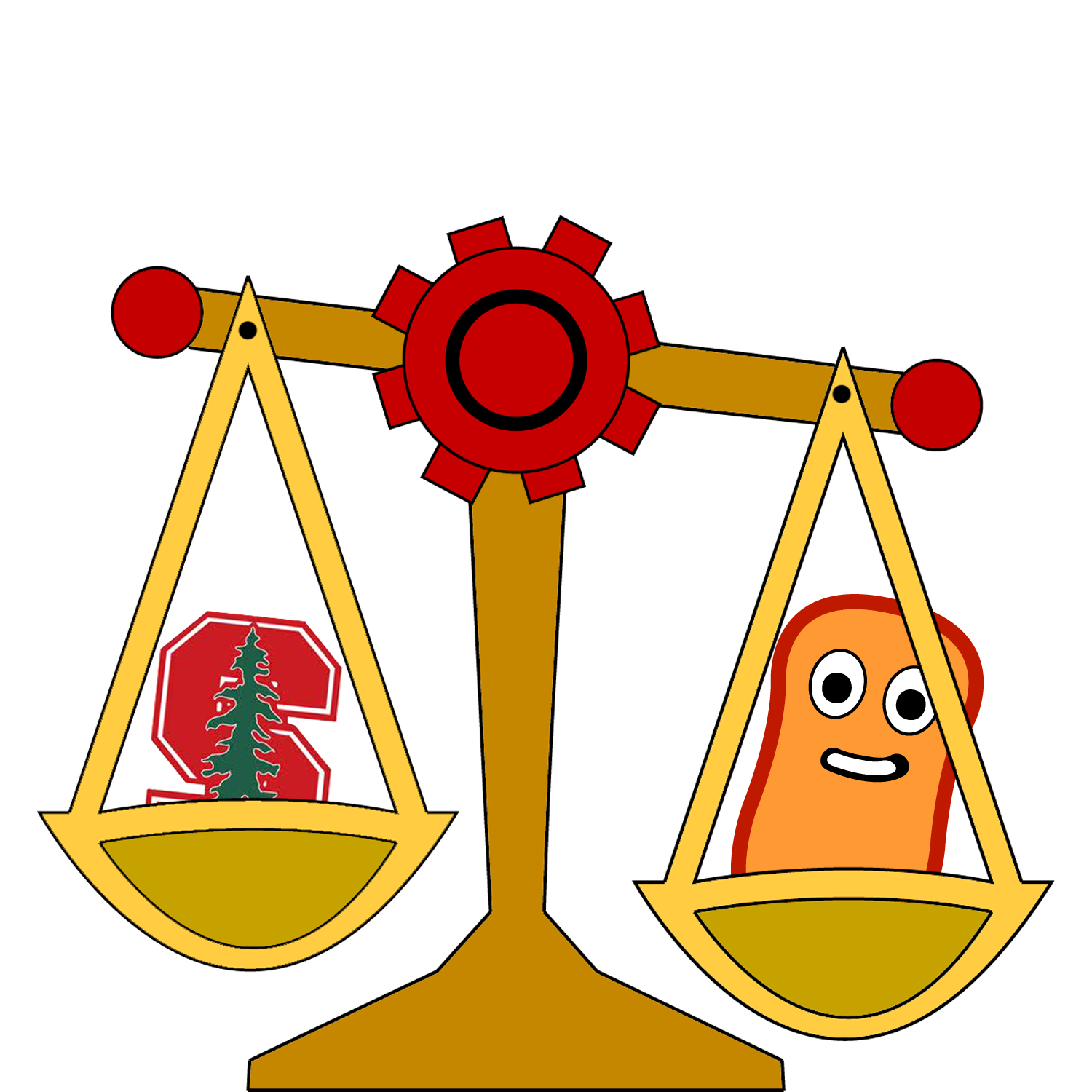Team:Stanford
From 2010.igem.org
| Line 8: | Line 8: | ||
[[Image:ShinyLogo.png|right|200px|Our Team Logo]] | [[Image:ShinyLogo.png|right|200px|Our Team Logo]] | ||
| - | |||
| - | |||
| - | |||
| - | |||
| - | |||
| - | |||
| - | |||
| - | |||
| - | |||
| - | |||
| - | |||
| - | |||
| - | |||
| - | |||
| - | |||
| - | |||
| - | |||
| - | |||
| - | |||
| - | |||
| - | |||
| - | |||
| - | |||
| - | |||
| - | |||
| - | |||
| - | |||
| - | |||
==Our Project== | ==Our Project== | ||
| - | Our [[Team:Stanford/Research| project]] this year is to | + | Our [[Team:Stanford/Research| project]] this year is to add a new tool to the synthetic biologist's toolkit: a system to allow E. coli to sense the ratio of two different chemicals in its environment and produce a protein output based on that ratio. <br/> |
We are implementing two different ratio sensor designs: | We are implementing two different ratio sensor designs: | ||
*an [[Digital Sensor|sRNA-based sensor]] that reports the relationship between the present ratio of the chemicals and a single desired ratio via the presence or absence of signal | *an [[Digital Sensor|sRNA-based sensor]] that reports the relationship between the present ratio of the chemicals and a single desired ratio via the presence or absence of signal | ||
| - | *a [[Analog Sensor|kinase- | + | *a [[Analog Sensor|kinase-phosphatase sensor]] that reports the exact ratio via the intensity of the signal |
==Applications== | ==Applications== | ||
| Line 103: | Line 75: | ||
--> | --> | ||
| + | <!-- | ||
== Calendar == | == Calendar == | ||
| + | |||
| + | - | ||
<div style="width:719px;text-align:center"> | <div style="width:719px;text-align:center"> | ||
| + | |||
| + | - | ||
<html><iframe src="http://www.google.com/calendar/embed?showPrint=0&showTabs=0&showCalendars=0&showTz=0&height=400&wkst=2&bgcolor=%23FFFFFF&src=do5atvis9mu0a1qt2cjrpm2mqk%40group.calendar.google.com&color=%232952A3&ctz=America%2FLos_Angeles" style=" border-width:0 " width="600" height="400" frameborder="0" scrolling="no"></iframe></html> | <html><iframe src="http://www.google.com/calendar/embed?showPrint=0&showTabs=0&showCalendars=0&showTz=0&height=400&wkst=2&bgcolor=%23FFFFFF&src=do5atvis9mu0a1qt2cjrpm2mqk%40group.calendar.google.com&color=%232952A3&ctz=America%2FLos_Angeles" style=" border-width:0 " width="600" height="400" frameborder="0" scrolling="no"></iframe></html> | ||
| + | |||
| + | - | ||
</div> | </div> | ||
| - | + | --> | |
| - | + | ||
| - | + | ||
| - | + | ||
| - | + | ||
| - | + | ||
| - | + | ||
| - | + | ||
| - | + | ||
| - | + | ||
Revision as of 05:55, 24 October 2010

| Home | Project | Applications | Modeling | Parts | Team | Notebook |
Welcome to the Stanford team Wiki for iGEM 2010
Stanford iGEM is a student-run, faculty-directed research group at Stanford University. The objective of our interdisciplinary group is to design and build novel engineered biological systems using standardized DNA-based parts to submit to the iGEM (International Genetically Engineered Machines) competition, held annually at MIT. Our research draws from the principles of synthetic biology, an emerging interdisciplinary and multidisciplinary area that involves the design and construction of biological systems. Here is our 2010 team profile.
If you are looking for our winning 2009 project, check out our old site.
Our Project
Our project this year is to add a new tool to the synthetic biologist's toolkit: a system to allow E. coli to sense the ratio of two different chemicals in its environment and produce a protein output based on that ratio.
We are implementing two different ratio sensor designs:
- an sRNA-based sensor that reports the relationship between the present ratio of the chemicals and a single desired ratio via the presence or absence of signal
- a kinase-phosphatase sensor that reports the exact ratio via the intensity of the signal
 "
"
